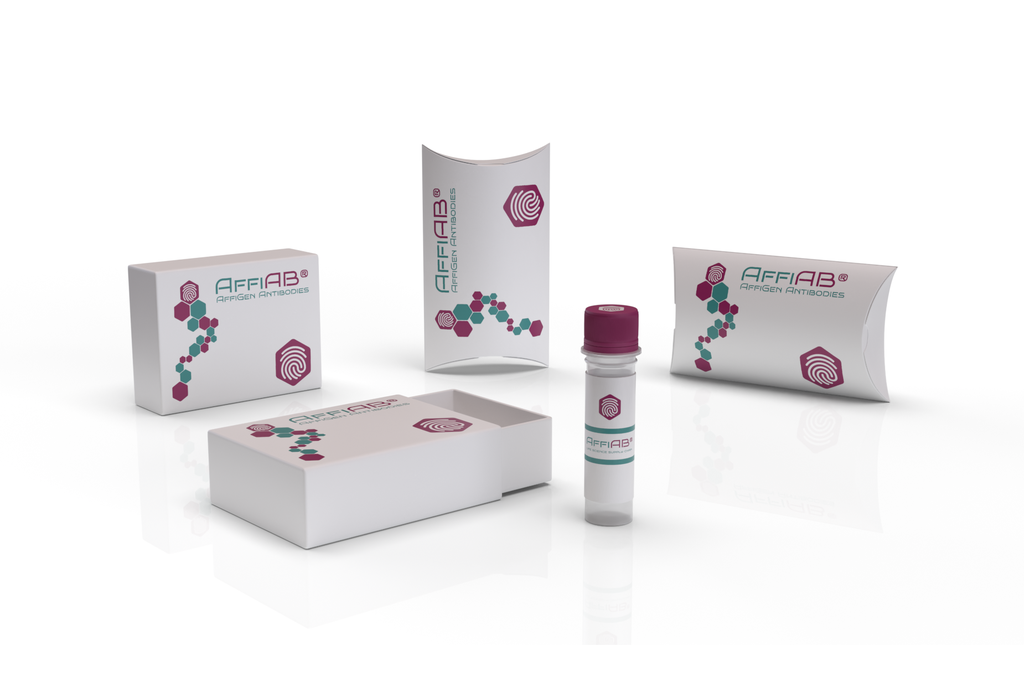AffiAB® Anti-S100A2 Antibody
S100A2, also known as CaN19 or S100L was first isolated from bovine lung tissue. However, in human tissue it was discovered several years later, in the mammary epithelial cells.Under normal circumstances it is highly expressed in human lungs, prostate, kidneys, hair follicles and salivary and mammary glands. S100A2 is predominantly found in the nucleus, which is not very common in other S100 proteins. Moreover, it can also be found in the cytoplasm, and its distribution is rather diffuse. Its occurrence in cytoplasm is most likely dependent on calcium levels in the cell. In the extracellular environment, it can be found as a homodimer in vivo and in vitro, but it also exists in monomeric, polymeric and multimeric forms. In multimeric form, it functions as a RAGE receptor ligand.
Antibody type
Rabbit polyclonal Antibody
Uniprot ID
SwissProt: P29034 Human
Recombinant
NO
Conjugation
Non-conjugated
Host
Rabbit
Isotype
IgG
Clone
N/A
KO/KD
N/A
Species reactivity
Human, Mouse, Rat
Tested applications
WB, IHC-P
Predicted species reactivity
N/A
Immunogen
Recombinant protein within human S100A2 aa 1-98.
Storage
Store at +4°C after thawing. Aliquot store at -20°C. Avoid repeated freeze / thaw cycles.
Form
Liquid
Storage buffer
1*TBS (pH7.4) , 0.2% BSA, 50% Glycerol. Preservative: 0.05% Sodium Azide.
Concentration
1 mg/mL.
Purity
Immunogen affinity purified.
Signal pathway
Neuroscience
Recommended dilutions
WB: 1:5, 000-1:10, 000; IHC-P: 1:200-1:1, 000
Molecular Weight
11 kDa
Subcellular location
Nucleoplasm, Cytosol , Nucleoli, Plasma membrane.
Positive control
A431 cell lysates, rat bladder tissue, human skin tissue, human esophagus tissue, mouse kidney tissue.
